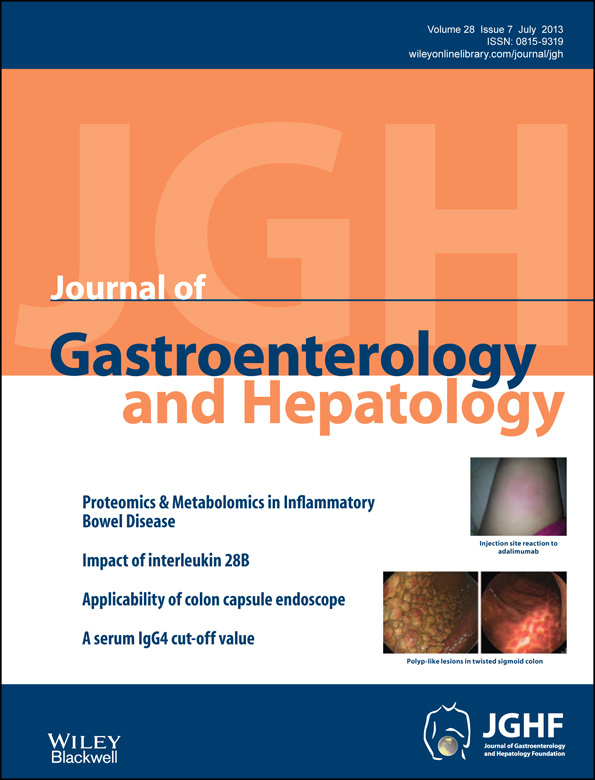Significance of hepatitis B virus core-related antigen and covalently closed circular DNA levels as markers of hepatitis B virus re-infection after liver transplantation
Authors' Contributions:
Toshihisa Matsuzaki: acquisition of data, study concept and design, statistical analysis, writing of manuscript.
Tatsuki Ichikawa: study concept and design, acquisition of data, critical revision of the manuscript for important intellectual content.
Masashi Otani: critical revision of the manuscript for important intellectual content.
Motohisa Akiyama: critical revision of the manuscript for important intellectual content.
Eisuke Ozawa: critical revision of the manuscript for important intellectual content.
Satoshi Miuma: critical revision of the manuscript for important intellectual content.
Sadayuki Okudaira: acquisition of data, critical revision of the manuscript for important intellectual content.
Tomayoshi Hayashi: acquisition of data, critical revision of the manuscript for important intellectual content.
Naota Taura: critical revision of the manuscript for important intellectual content.
Hisamitsu Miyaaki: critical revision of the manuscript for important intellectual content.
Susumu Eguchi: critical revision of the manuscript for important intellectual content.
Takashi Kanematsu: critical revision of the manuscript for important intellectual content.
Hajime Isomoto: critical revision of the manuscript for important intellectual content.
Fuminao Takeshima: critical revision of the manuscript for important intellectual content.
Kazuhiko Nakao: study supervision, critical revision of the manuscript for important intellectual content.
Abstract
Background and Aim
Currently, hepatitis B virus (HBV) re-infection after liver transplantation (LT) can be almost completely suppressed by the administration of HBV reverse transcriptase inhibitors and hepatitis B immunoglobulins. However, after transplantation, there is no indicator of HBV replication because tests for the serum hepatitis B surface antigen and HBV-DNA are both negative. Therefore, the criteria for reducing and discontinuing these precautions are unclear. In this study, we examined the serum HBV core-related antigen (HBcrAg) and intrahepatic covalently closed circular DNA (cccDNA) in order to determine if these could be useful markers for HBV re-infection.
Methods
Thirty-one patients underwent LT for HBV-related liver disease at Nagasaki University Hospital from 2001 to 2010. Of these, 20 cases were followed up for more than 1 year (median follow-up period, 903 days). We measured serum HBcrAg and intrahepatic cccDNA levels in liver tissue. In addition, in nine cases, we assessed the serial changes of HBcrAg and intrahepatic cccDNA levels from preoperative periods to stable periods.
Results
We examined serum HBcrAg and intrahepatic cccDNA levels in 20 patients (35 samples). HBcrAg and cccDNA levels were significantly correlated with each other (r = 0.616, P < 0.001). From a clinical aspect, the fibrosis stage was significantly lower in both HBcrAg- and cccDNA-negative patients than in HBcrAg- or cccDNA-positive patients.
Conclusions
HBcrAg and cccDNA were useful as HBV re-infection markers after LT. Keeping patients' HBcrAg and cccDNA negative after LT might contribute to long-term graft survival.




